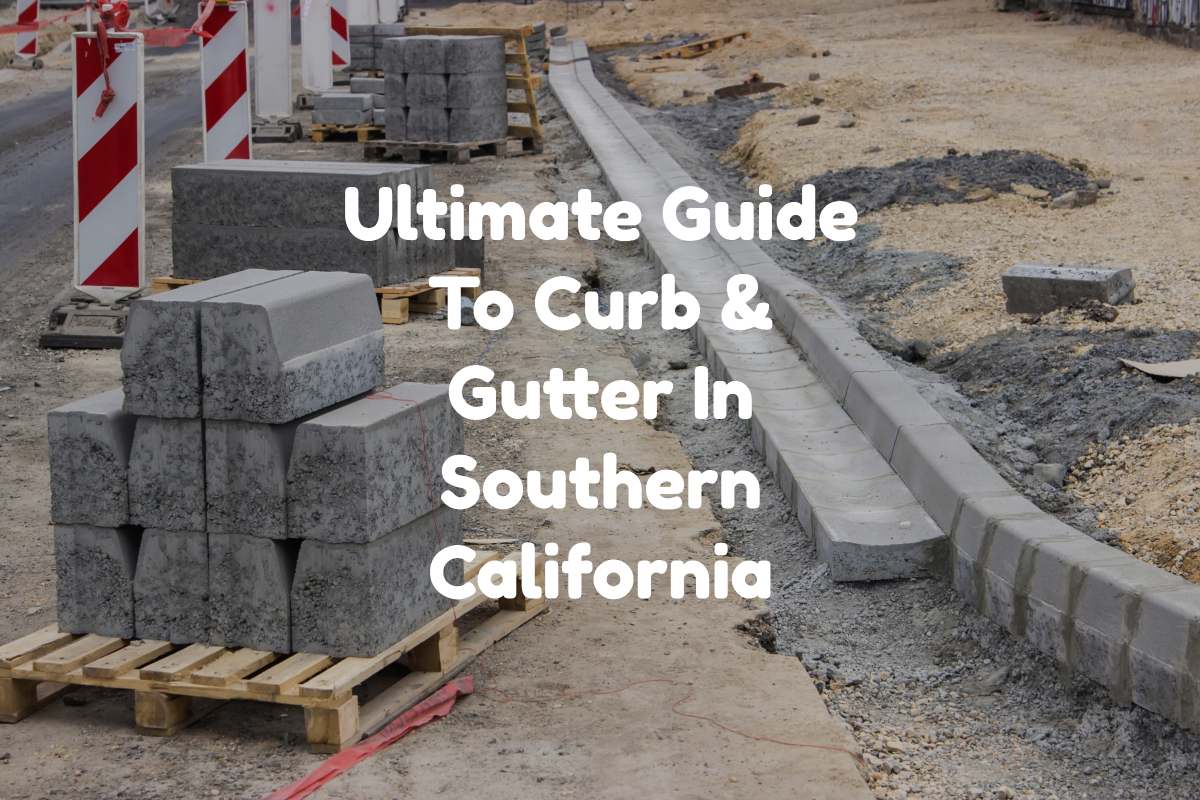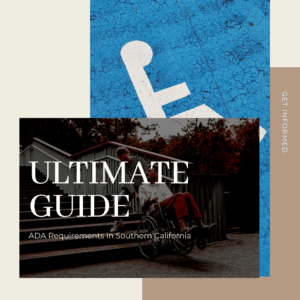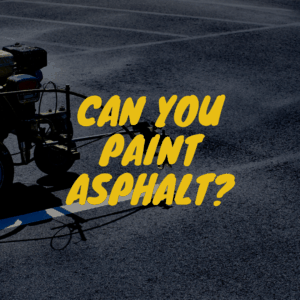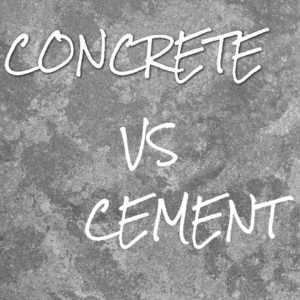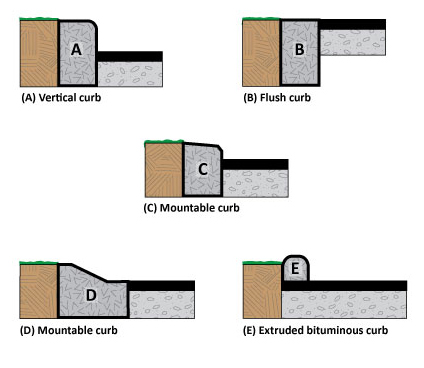
Comprehensive Guide to Curbs and Gutters: Types of Curbs
A curb is a barricade between the yard and the street or pathway/walkway. On the curb is a gutter that directs water away from the yard and into the street’s drainage system. Curbs and gutters are constructed together for efficiency. There are different types of curbs to serve commercial, industrial, and residential curbs. Each serves a different purpose and aesthetic appeal. This article explains the types, construction process, and advantages.
Types of Curbs and Gutters
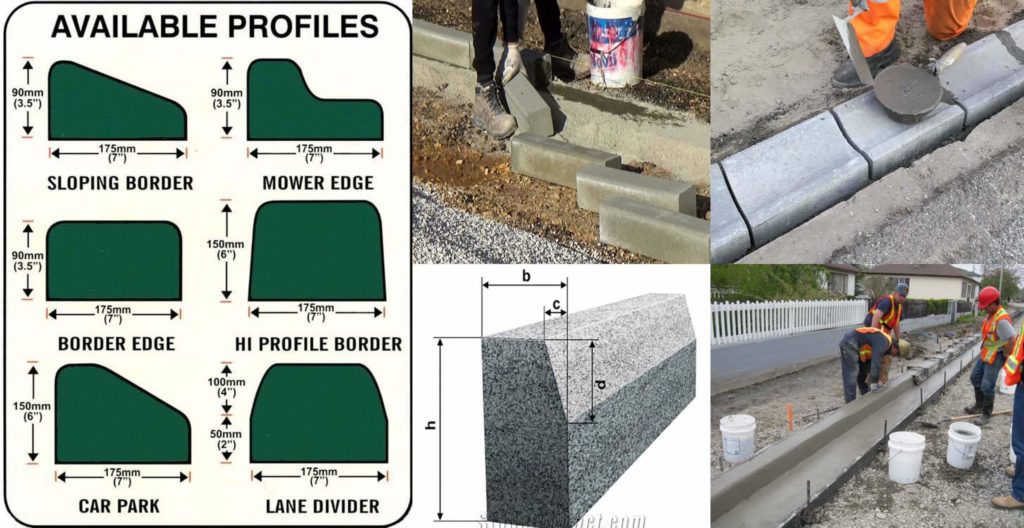
Curbs are categorized based on their size and shape. The five types include:
Mountable Curbs
Mountable curbs that are flat on side and slant towards the other. This way, vehicles can drive over them. They also feature an opening between one curbstone and the next so pedestrians and people on carts, strollers, bicycles, and roller skates can cross from the yard in between the curb blocks and into the street or the other side.
They are commonly used to separate flowerbeds from pathways. Different designs with different types of street gutter add to the aesthetic of the property. They also provide a protective barrier that keeps flowerbeds protected from cars that may stray off the street.
Mower Curbs
Unlike parking curbs and mountable curbs, mower curbs sport a decorative function while still creating a sturdy barrier between the mower and the green space. Their design allows efficient cutting of grass as close to the curb as possible without knocking the curb’s machinery or digging out the topsoil. They are available in different sizes and finishes.
Barrier Curbs
These curbs barricade certain areas to protect them from vehicles. They are commonly used on sidewalks, parking lots, and storefronts. The curbs are constructed of cement concrete or asphalt aggregates.
Monolithic Curbs
These curbs form part of the road and the top levels allowing heavy vehicles to pass through without damaging the pathway.
Slanting Curbs
The main application of these curbs is to add to the beauty of the yard and the walkways. They may not protect your green space or your flowers from vehicles.
Laying of Curbs and Different Types of Street Gutter
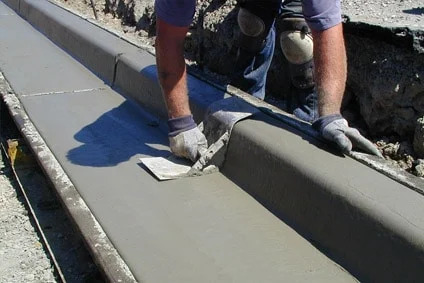
Marking and Area Preparation
Before laying the curb and gutters, the area is marked with marking powder. The area is then sloped accordingly to ensure that water drains off the yard and into the drainage system. The marked area is then excavated up to 300mm deep. After excavation, the soil from the area should be loaded away from the site. The excavated ground has loose soil which requires compacting using a manual or mechanical compactor.
Laying the Gravel-Cement Mix
After compaction, a gravel and cement mix is laid on the site. The gravel base for both the curb and the gutter is laid at the same time. Combining the width of the curb and gutter gives the overall width of the side. Technicians use ply boards and steel molds to create curbs, but the formwork’s design depends on the types of curbs and gutters.
The formwork takes the shape of the curb. It is secured with wood stakes hammered into the ground. The two formwork boards must be held together using metal clamps to steady the spacers. Spacers appear every foot or any other regular interval the constructor chooses. Constructors check the level and straightness of the formwork which determines the straightness and level of the curb. To ensure that the concrete does not adhere to the formwork, cooking oil or a similar material must be smeared on the sides.
Laying the Concrete
Once the preparation of curbs formwork is complete, a concrete of the appropriate ratio is poured into the gutter site and later the formwork. Fill curbs formwork and compact both curb and gutter to ensure strength and durability.
Finishing the Curb
Wait for the concrete to settle so you can see the shape and size of the curb. Remove the front board to see the shape of the curb. Use special tools to finish the curb and gutter and give them an appealing look. Finishing tools make indentations where the spacers sat to give the curb definite shapes.
Remove the spacers and use mortar to fill the joints. After finishing the concrete, curing is necessary for enhanced strength and durability. Curing makes them resist water from rain and moisture, traffic, and extreme temperatures.
Advantages of Curbs and Gutters
The advantages of curbs and gutters include: They add beauty to walkways, green areas, streets, and parking lots. A curb shows the edges of different areas and creates a clear demarcation between sites. On pavements, curbs help maintain the integrity of edges and prevent destruction from cars and heavy traffic. They act as a protective barrier to pavements.
With curbs, the amount of space needed for a street reduces because the streets no longer need drainage swales. The gutters drain water away to make the area much more functional. Some concrete curbs reflect light at night, which improves visibility at night, making the pathways safe.
The debris on pathways collects to the curb’s side, making it easy for sweepers to pick it up with ease. The wind blows debris, and the curbs hold it from being blown off to unwanted areas.
Gutters also add to the aesthetics of the pathways and sites, but they are more functional than decorative. They must drain water from the one side of the pavements to the next to ensure that water doesn’t enter the pavement.
Sources
https://ftp.dot.state.tx.us/pub/txdot-info/cmd/cserve/specs/2014/standard/s529.pdf

